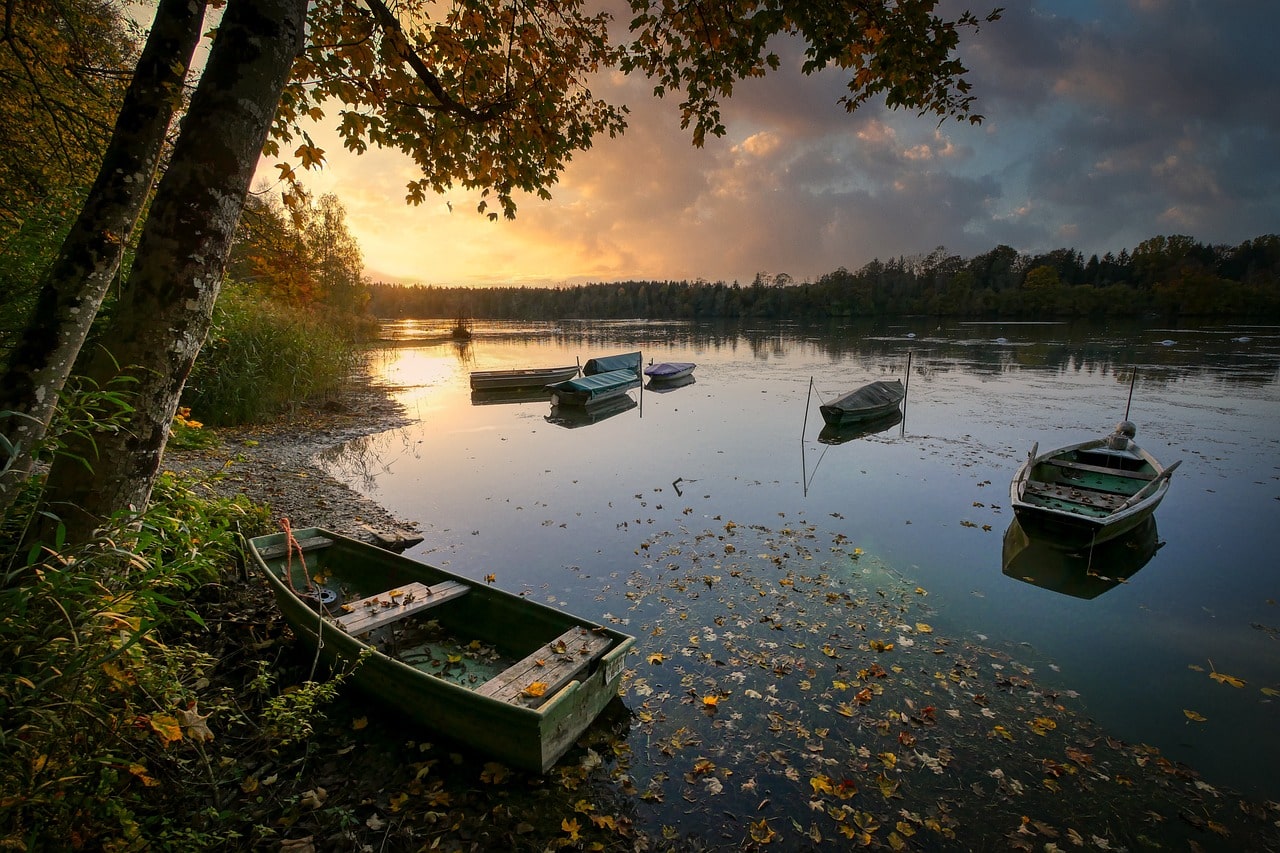Whitmore Lake, located along the border of Livingston and Washtenaw counties in Michigan’s Lower Peninsula, is a 667-acre lake known for its diverse range of water activities and rich fishing history. The lake, accessible via US Highway 23, is near the Village of Whitmore Lake and close to Brighton, Ann Arbor, and Flint. A state-owned access site on the northwestern shore with a skid pier and concrete boat launching ramp ensures year-round public access.
The lake features a deep north-south trench, with its deepest point reaching 69 feet at the northern end, while over half of the lake is less than 10 feet deep. The lakebed primarily consists of sand, fibrous peat, and pulpy peat. Despite extensive development, including cottages, homes, and beaches, the lake still supports various water sports such as fishing, swimming, high-speed boating, water skiing, sailing, and jet skiing.
Whitmore Lake has been stocked with bluegills, largemouth bass, and yellow perch since the late 1930s. Smallmouth bass were also stocked in the 1940s. Surveys have shown a diverse warm-water fish population comprising panfish and predators like bluegills, pumpkinseeds, largemouth bass, pike, and tiger muskies. However, carp, considered a nuisance species, are also present.
Over the decades, the lake has experienced significant human use, with numerous cottages, hotels, resorts, and boat liveries reported in the 1940s. Fishing pressure has remained high, particularly for bass, since the 1950s. With varying success, management efforts have included stocking tiger muskies and northern pike. Factors like water level management, predator-prey dynamics, and human activity influence the fish population.
Recent surveys indicate that Whitmore Lake supports a healthy game fish population. Bluegills, largemouth bass, and pumpkinseeds are common catches, though largemouth bass growth rates remain a concern, potentially due to forage availability and environmental conditions. Ongoing monitoring of the fish population is essential to track the effectiveness of these strategies and ensure the lake’s ecological health.
In conclusion, Whitmore Lake offers recreational activities and rich natural resources, making it a popular destination for local and visiting anglers. Its extensive history of human use and ongoing management efforts reflect the community’s commitment to preserving this valuable natural asset.

